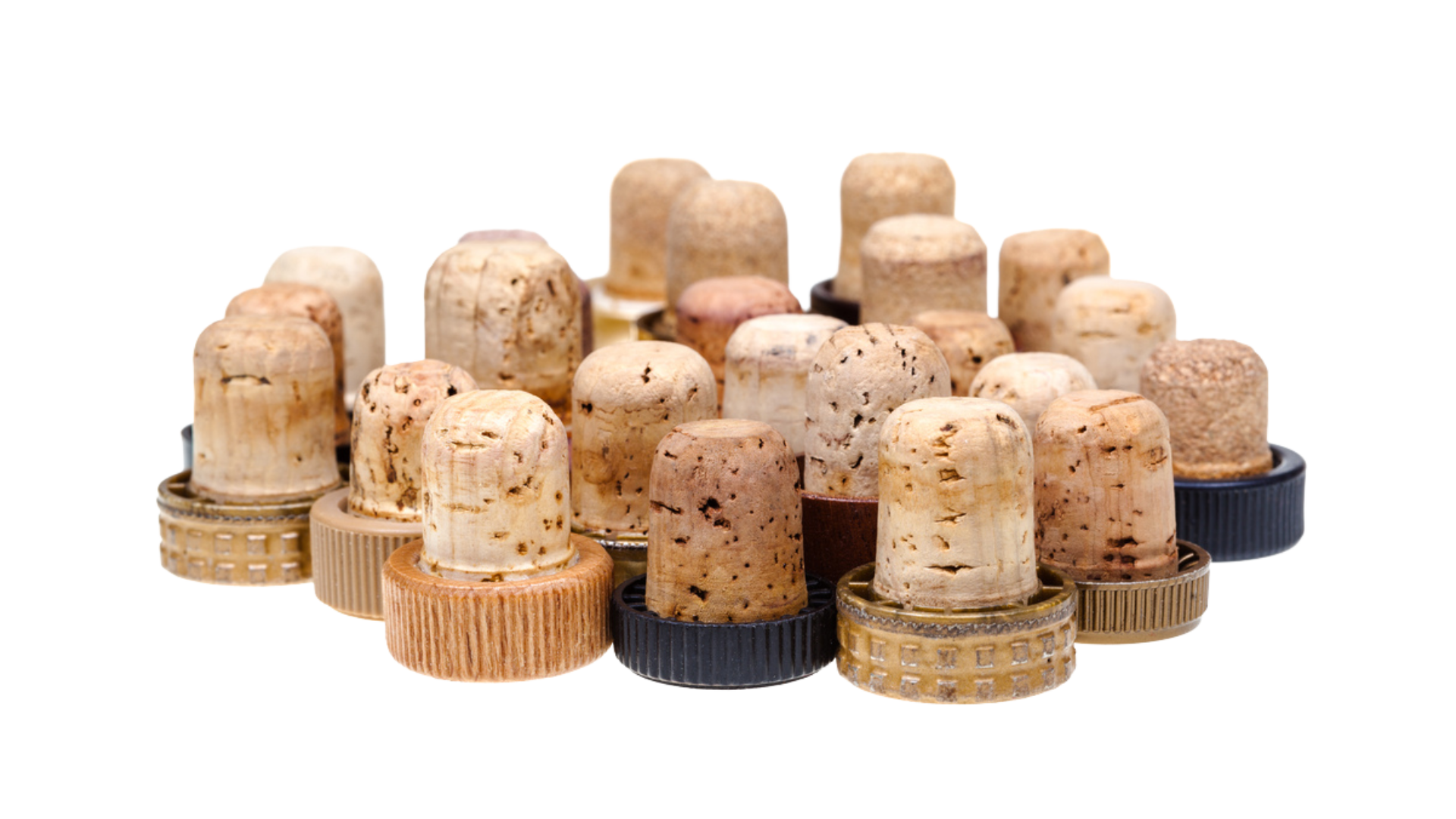
The Story of Your Cork Stopper
Before you ever reach that glorious Irish whiskey inside the bottle, depending on the brand you’ve chosen, there’s a very high chance you first have to get past the noble cork stopper. But what do we really know about the only thing standing between us and our whiskey?
The Cork Oak: Where it All Begins
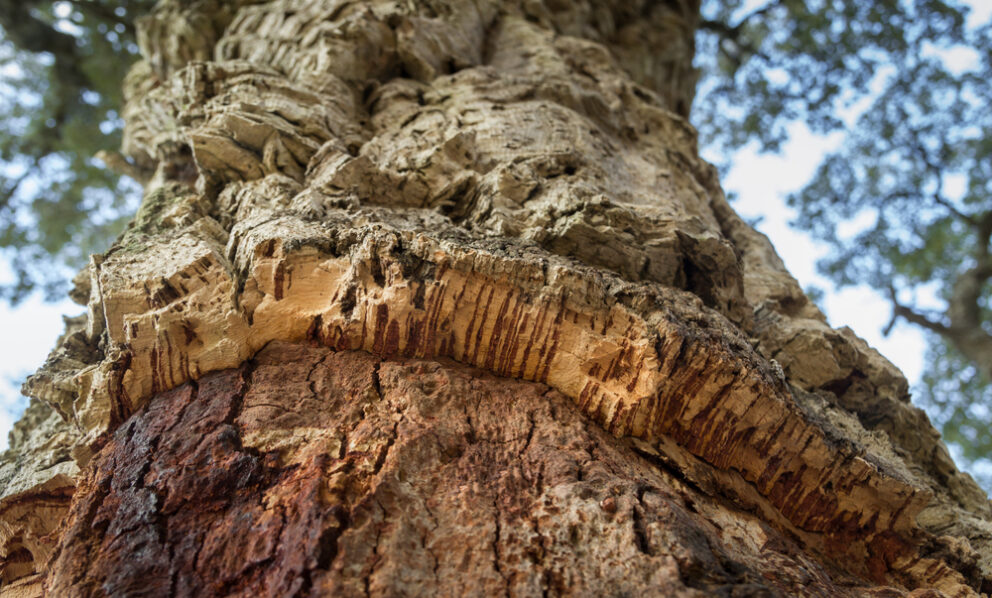
Cork is the bark of the cork oak tree (Quercus suber), which is native to the Mediterranean region, predominantly found in countries like Portugal, Spain, Algeria, Morocco, Tunisia, Italy, and France. Among these, Portugal and Spain are the primary producers, with Portugal holding the lion’s share of the global cork production.
Harvesting Cork: A Sustainable and Time-Honored Tradition
The harvesting of cork is a unique process that distinguishes it from other types of bottle stoppers. What makes it remarkable is that the cork oak tree can endure multiple harvests throughout its lifespan, which can be up to 200 years or more. The first harvest usually occurs when the tree is around 25 years old, and thereafter, it is harvested roughly every nine years. This careful management ensures a renewable and sustainable resource for cork production.
The cork harvest itself is an arduous and meticulous process, typically taking place during the summer months when the bark is most pliable. Experienced cork harvesters, known as “corcheros” in Spain and “tiradors” in Portugal, skillfully strip the outer bark from the trunk and branches of the tree using specialized axes and tools. This process requires precision and care to avoid damaging the underlying living layer of the tree.
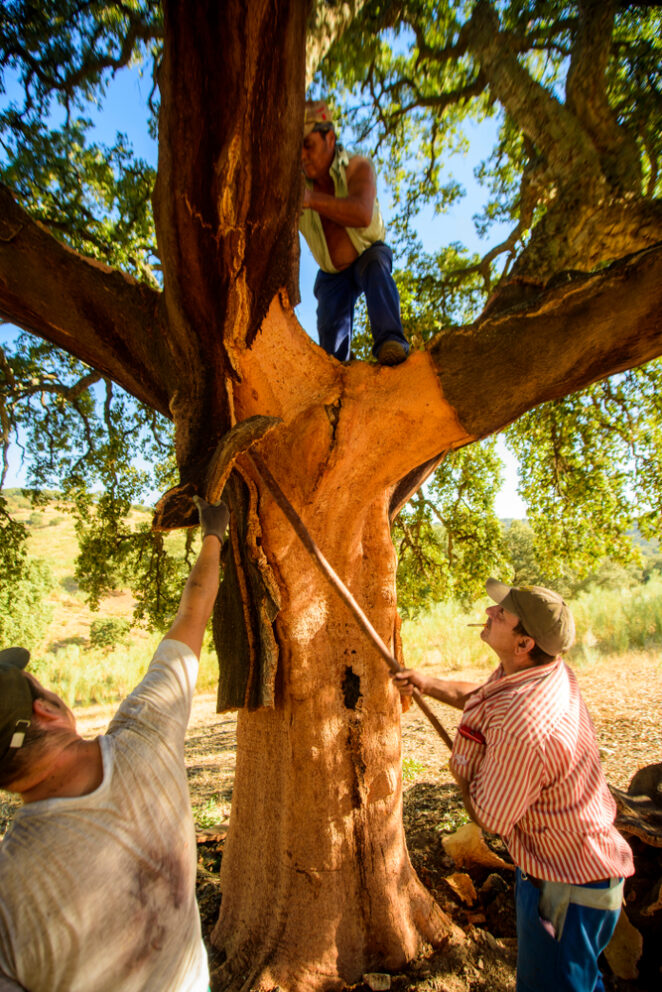
Once harvested, the stripped cork oak trees are left to regenerate, allowing a new layer of bark to grow and accumulate cork for future harvests. This sustainable practice helps preserve the natural environment and supports the ecosystem that relies on cork oak forests.
Cork Processing: From Bark to Stoppers
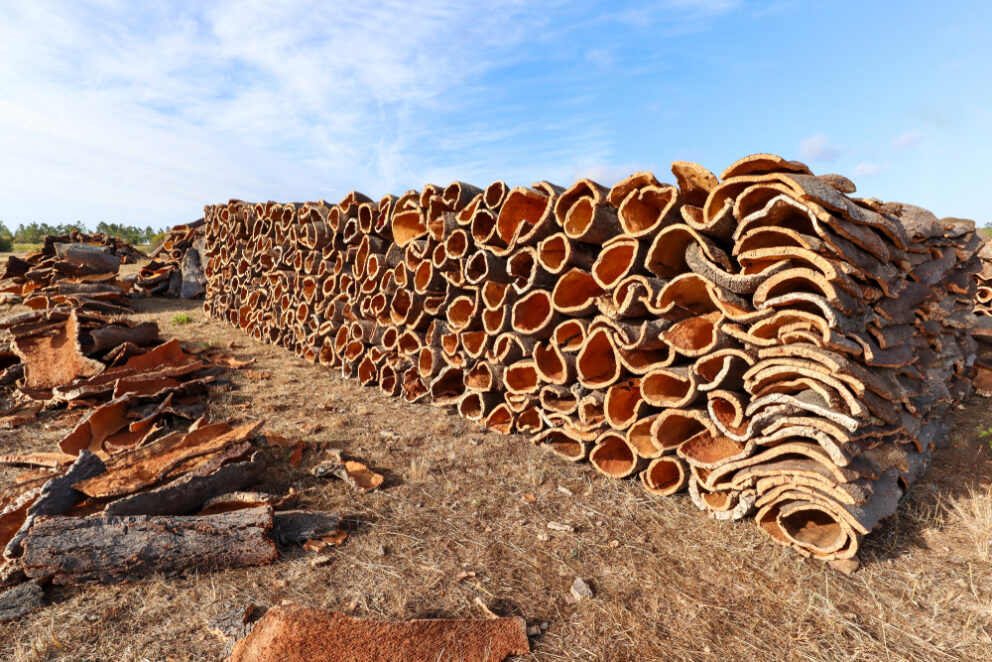
After harvesting, the cork bark is left to dry for several months to enhance its elasticity and workability. Once adequately seasoned, the bark is boiled in water to clean it and soften any residual debris. The cork is then carefully cut into individual stoppers, with the highest quality corks reserved for premium spirits like whiskey.
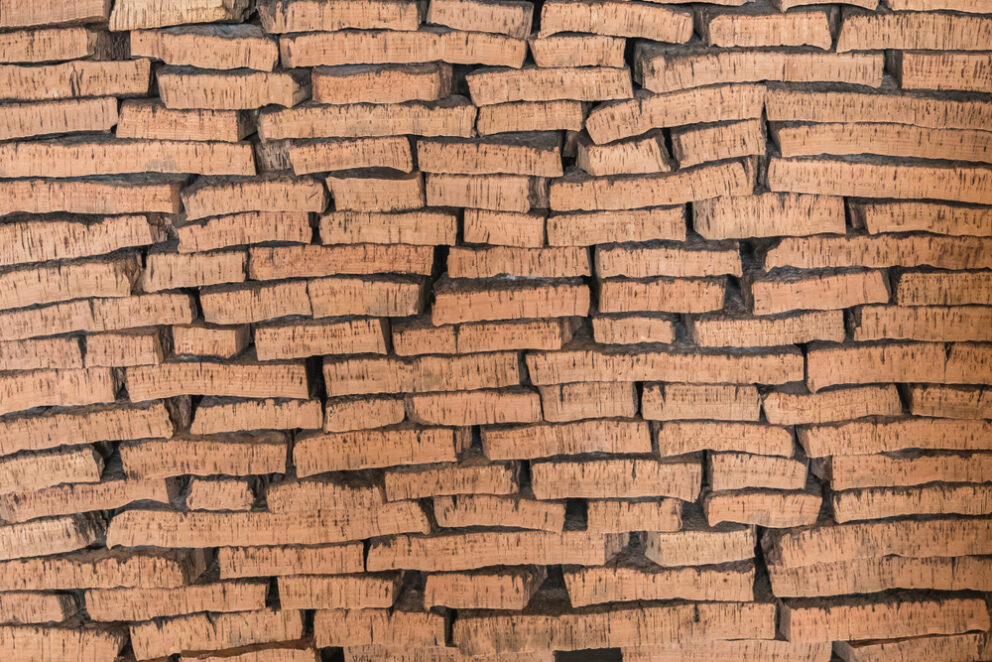
Cork Quality and Variations
Cork stoppers come in different grades, ranging from high-quality, dense cork (known as “natural cork”) to lower-grade and composite corks. Natural cork is favored for its ability to create an airtight seal, allowing whiskey to age gracefully while still allowing for controlled micro-oxygenation, which enhances the spirit’s complexity over time. Composite corks, made from granulated cork mixed with binders, are more commonly found in lower-priced spirits.
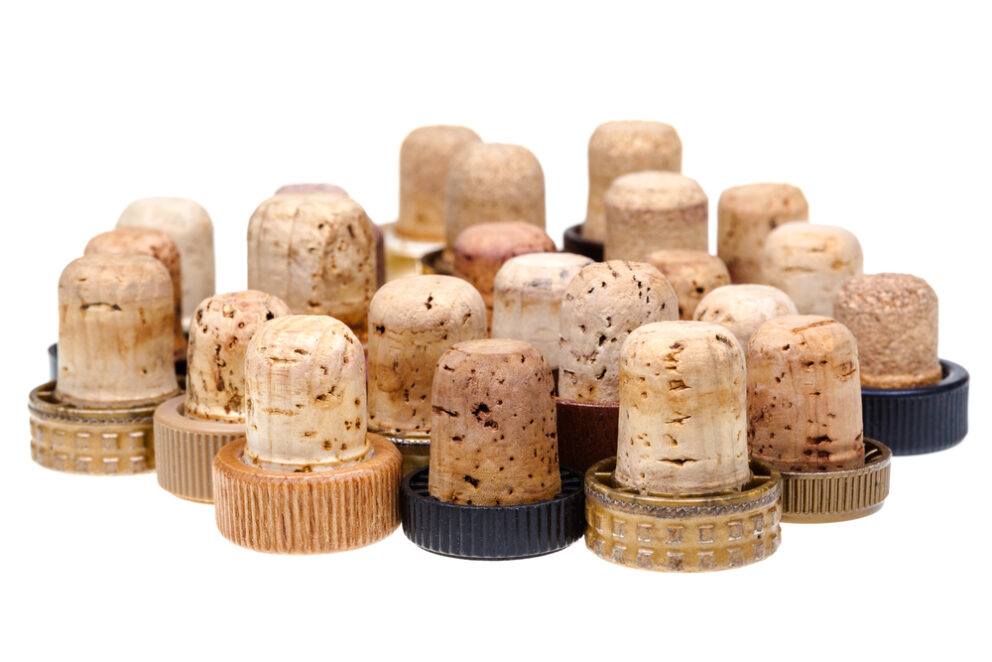
While many wine companies have moved away from cork stoppers due to oxidation and degradation over time, favoring the less attractive screw cap, Irish whiskey seems to have gone the other direction.
So long as you store your whiskey standing up and not soaking your cork in Ireland’s liquid gold, you should have no issue with long term storage of your bottles – just keep them out of sunlight and away from strong odors and all will be well!

